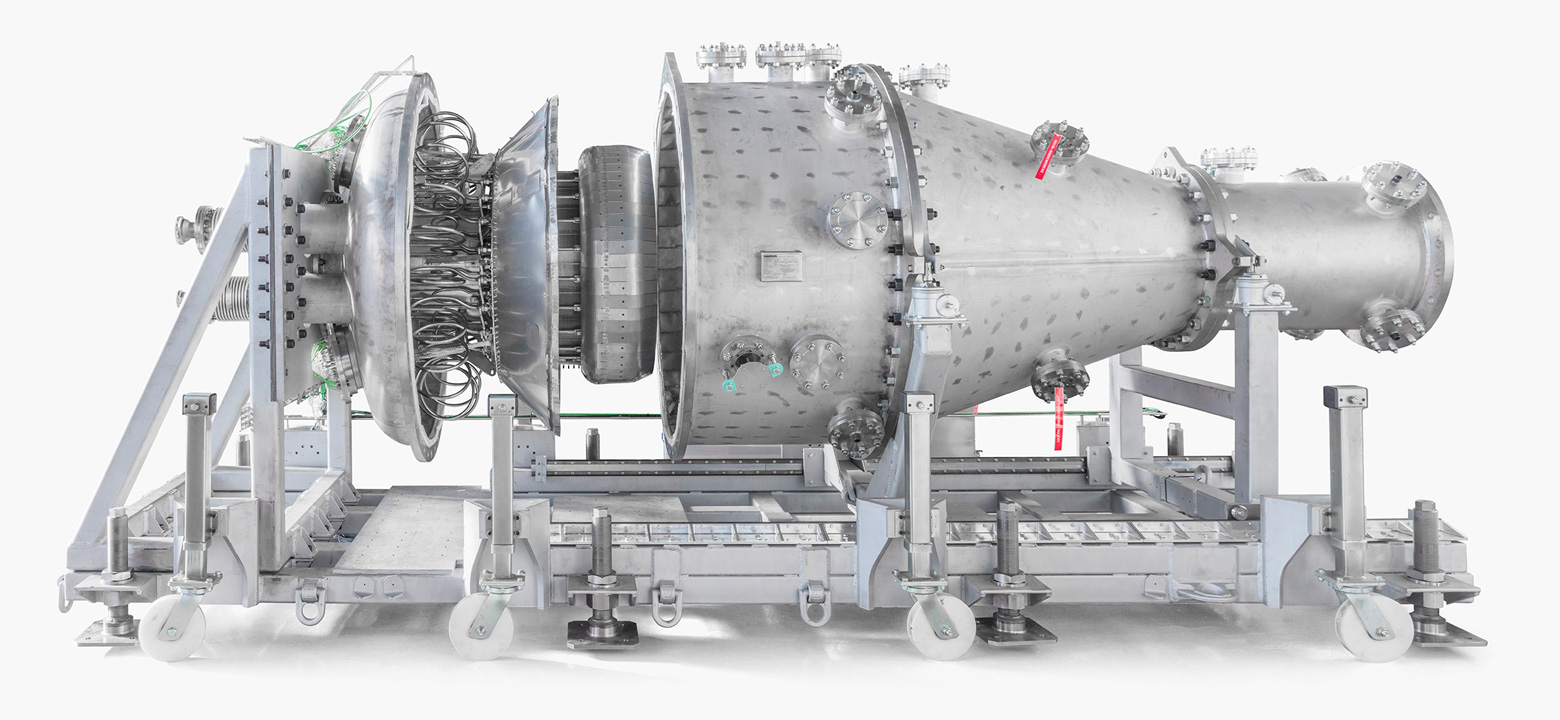
Nobody enjoys long flights—they're boring, uncomfortable, and, for passengers with health problems, even dangerous. Fortunately, thanks to new technology, they may be a thing of the past. With the ability to generate twice the speed of the Concorde's engines, the mach 5 engine represents a major development in the aerospace industry.
The new mach 5 engine is an engine capable of generating speeds five times the speed of sound. Prior to this, such speeds were considered impossible. There was no way to adequately cool the engine components at those speeds, so they would melt. This meant that hypersonic flight at any distance was all but impossible—as soon as the engines heated up, they would fail catastrophically.
As air enters an engine, it affects the temperature. When air moves at hypersonic speeds, it reaches hotter temperatures than the engine is capable of withstanding. Jet engines have a variety of ways to circumvent this issue, but these aren't applicable to travel at high speeds.
With the invention of heat exchangers that can “pre-cool” air entering the engine to -150°C (-238°F) using gaseous helium, this is no longer the case. New engines equipped with heat exchangers, called Synergetic Air-Breathing Rocket Engines, can reach mach 5 speeds without breaking down.
The Synergetic Air-Breathing Rocket engine and heat exchangers are the brainchildren of three former Rolls Royce engineers, Alan Bond, Richard Varvill, and John Scott Scott. Together, they formed Reaction Engines Limited in 1989. With the understanding that heat was the primary obstacle in achieving hypersonic flight, they set to work creating an innovative way to combat it. Their heat exchangers offer incredible cooling capacity in a lightweight, compact package. This makes them ideal for the aerospace industry, where saving size and weight are vitally important.
In 1955, Robert P. Carmichael floated the idea of a precooler. At the time, cooling options were relatively limited—in the 1960s, the liquid air cycle engine depended on heat exchangers that used some of the engine's liquid hydrogen fuel. Unfortunately, these engines were inefficient. Once the hydrogen was warmed from cooling the air, much of it had to be released.
Further efforts made the engine more efficient, but its speed was still limited. In 1989, Reaction Engines Limited sought to continue developing more effective heat exchangers and improved engine efficiency.
Older heat exchangers relied on liquid hydrogen as a coolant, but this can lead to hydrogen-induced cracking as the metal components become brittle. Reaction Engines Limited's heat exchanger interposes a helium cooling loop between the hot air and fuel. The precooler is made up of thousands of tubes with very thin walls, optimizing surface area while limiting weight. Each tube is hermetically sealed, with inlets and outlets that allow gaseous helium coolant to enter and exit as needed. This cools down the air entering the engine, without exposing any important parts to hydrogen. To keep ice from forming at very low temperatures, the precooler relies on a methanol-based de-icer.
In April 2019, the precooler successfully operated in thermal conditions that approximated mach 3.3—roughly 420ᵒC (788ᵒF). During the most recent set of tests, the precooler operated at over 1000ᵒC (1832ᵒF), effectively cooling the air in as little as 1/20th of a second. This is a higher temperature than that reached by any jet engine cooling system before it.
The aerospace industry is often criticized for having a high carbon footprint. Any increase in fuel efficiency helps to reduce this. While previous engine cooling systems expelled some heated hydrogen as thrust, this isn't the most efficient use of it. Reaction Engines Limited's precooler spares fuel from being wasted as coolant, and reduces engine wear-and-tear.
A mach 5 engine doesn't just represent a faster way to travel. It's the culmination of decades of research into fuel efficiency and engine cooling. Reaction Engines Limited's cooling system can help jet engines fly faster, and allow for single-stage-to-orbit spaceplanes. Skylon, a proposed spaceplane, would be able to accelerate to mach 5.4 using atmospheric oxygen before turning to internal liquid oxygen to enter orbit. It would allow for larger supply drops to the International Space Station, nearly half again as much as current automated transfer vehicles. In addition to increasing engine speed, this cooling technology has numerous potential applications in land travel, manufacturing, energy production, and more. Any industry where reducing heat pollution and keeping components cool are of paramount importance could potentially benefit from this efficient, compact, lightweight precooler.
For ages, heat, size, and weight have been the banes of hypersonic travel and the aerospace industry in general. Reaction Engines Limited has successfully overcome some of these considerable obstacles with the development of their precooling system, which promises to both improve existing propulsion technology and expand our ability to create new, more efficient engines. Not only will we be able to travel farther and faster, we'll save fuel, reduce the industry's carbon footprint, and reduce engine damage.